Aging might be inevitable, but feeling old doesn’t have to be. One of the most powerful tools to stay sharp, energized, and active after 60 isn’t found in a pill bottle—it’s on your plate. As your body changes with age, so do its nutritional needs. Bones need more support, digestion slows down, muscle mass declines, and brain health becomes a top priority. The good news? The right foods can help you stay strong, sharp, and vibrant well into your golden years.
That’s where dietitians come in—because they know exactly which foods deliver the biggest benefits when you need them most. From leafy greens that protect your bones to omega-3-rich fish that support your memory, what you eat after 60 can make a profound difference in how you feel every day.
Even better, eating well doesn’t have to mean giving up flavor or enjoyment. In fact, many of the best foods for older adults are also delicious, comforting, and easy to incorporate into everyday meals. Think creamy Greek yogurt, sweet and juicy berries, and crunchy nuts that not only taste great but fuel your body with nutrients it craves.
In this guide, we’ll walk you through seven science-backed foods dietitians say you should eat more of after 60. These aren’t exotic superfoods or expensive trends—just simple, accessible ingredients that support better aging from the inside out.
So whether you’re looking to protect your heart, keep your joints happy, or boost brainpower, these foods are the delicious building blocks of healthy aging.
1. Leafy Greens

Dark leafy vegetables like spinach, kale, and Swiss chard are nutritional powerhouses your body craves after 60. These greens contain calcium and vitamin K for bone strength when osteoporosis risk increases. The folate in these vegetables supports brain health, potentially reducing cognitive decline that sometimes accompanies aging.
Meanwhile, their powerful antioxidants fight inflammation and oxidative stress that contribute to chronic diseases. Many seniors find incorporating a daily salad or adding greens to smoothies makes a noticeable difference in their energy levels. Try sautéing them with garlic for a delicious side dish that delivers maximum nutrition with minimal calories.
2. Berries
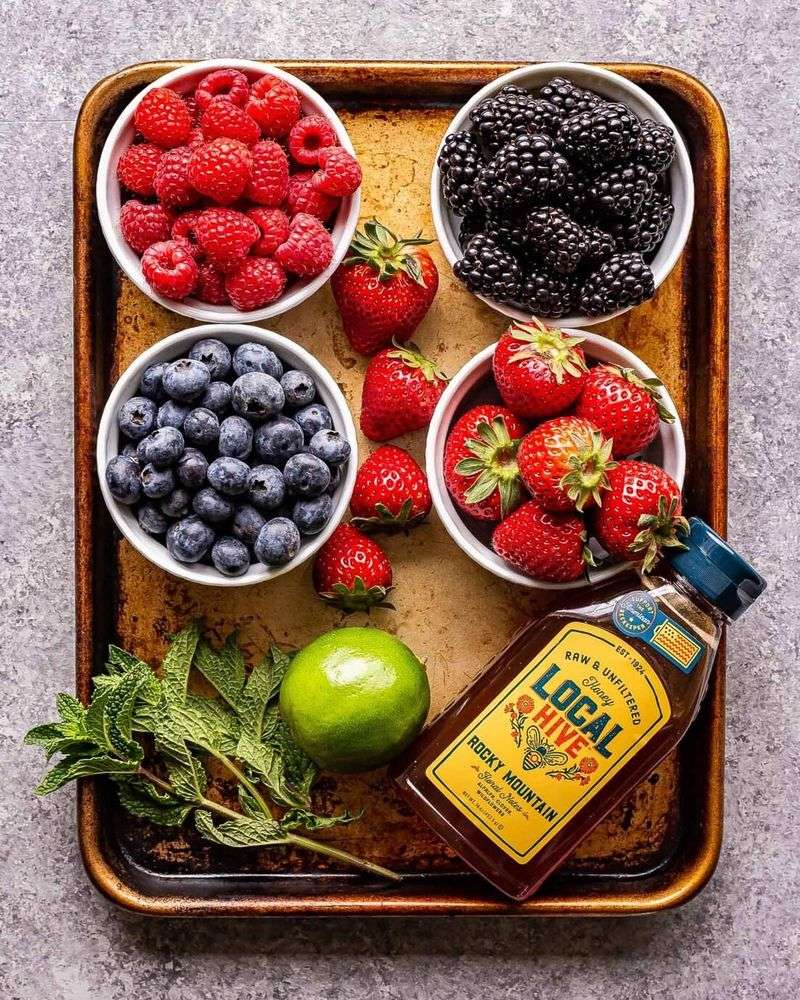
Colorful berries work like medicine for aging bodies. Blueberries, strawberries, and raspberries contain anthocyanins – powerful compounds that protect brain cells and improve blood flow to the brain.
Regular berry consumption has been linked to delayed cognitive aging by up to 2.5 years in some studies. Their natural sweetness satisfies sugar cravings while their fiber helps maintain healthy digestion and stable blood sugar levels.
Fresh berries are wonderful, but frozen varieties retain nearly all nutritional benefits and are available year-round. Sprinkle them on yogurt, blend into smoothies, or simply enjoy a handful as a sweet afternoon treat that fights inflammation throughout your body.
3. Fatty Fish
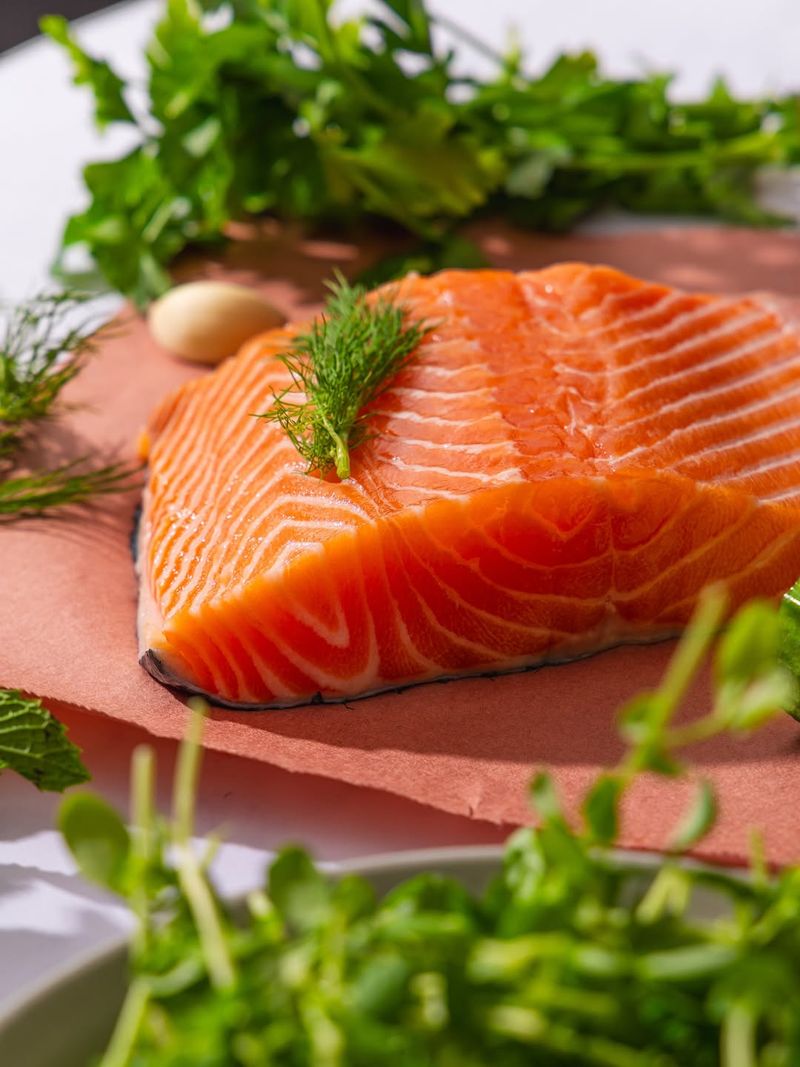
Salmon, mackerel, and sardines deserve a special place on your plate after 60. These fatty fish varieties deliver omega-3 fatty acids DHA and EPA, which your brain absolutely loves. Research shows these fats can help preserve brain volume and function as you age.
Beyond brain benefits, the omega-3s in fish reduce inflammation throughout your body and help maintain heart rhythm and blood vessel health. Many seniors find their joint pain improves with regular fish consumption.
Aim for two servings weekly to maximize benefits. Don’t like fish? Consider a high-quality omega-3 supplement, but food sources provide additional proteins and nutrients that pills simply can’t match.
4. Nuts and Seeds
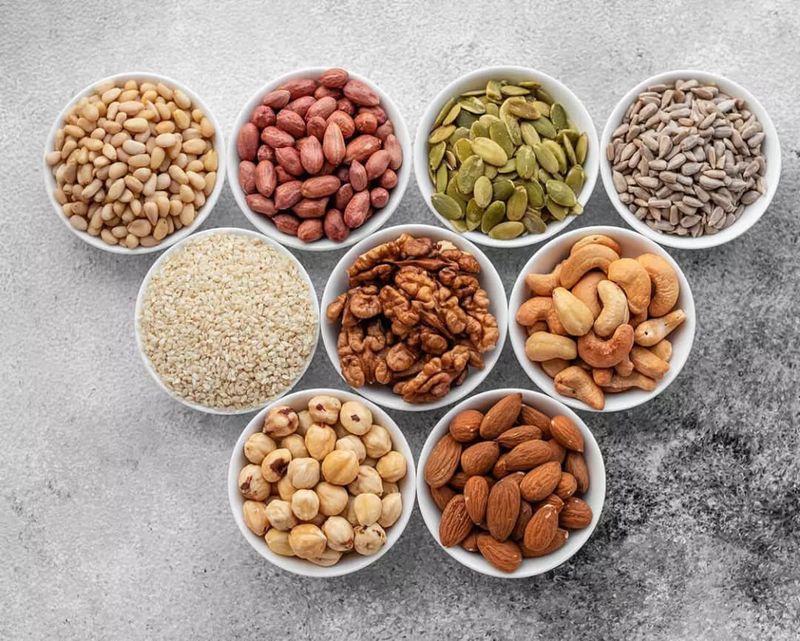
A handful of nuts daily might be one of the simplest health upgrades for anyone over 60. Walnuts (shaped like tiny brains) actually support brain health, while almonds deliver calcium for bone strength. Flaxseeds and chia seeds provide plant-based omega-3s that complement fatty fish in your diet.
Studies show regular nut eaters tend to live longer and experience fewer heart problems. The healthy fats, protein, and fiber create a perfect nutritional trifecta that helps maintain muscle while controlling hunger.
Store nuts and seeds in the freezer to preserve their delicate oils. Sprinkle ground flaxseed on oatmeal, add walnuts to salads, or carry a small container of mixed nuts for an emergency energy boost when you’re on the go.
5. Whole Grains
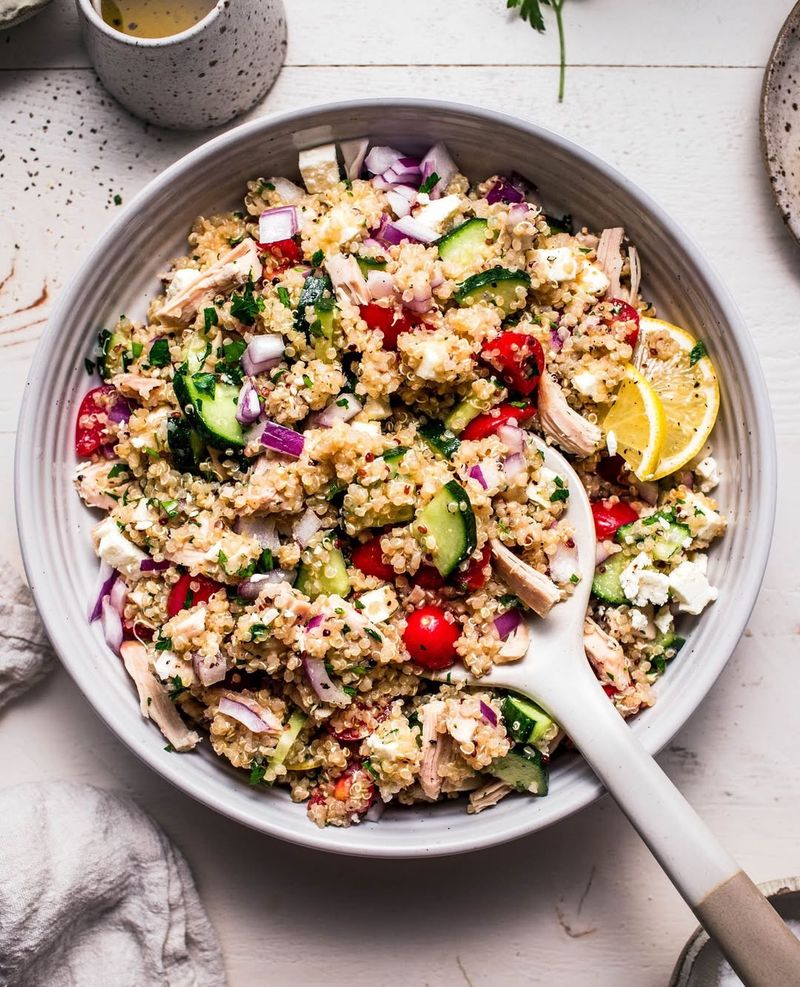
Forget refined white breads and pastas that spike blood sugar. After 60, your body thrives on the steady energy from whole grains like oats, quinoa, brown rice, and barley.
The fiber in whole grains feeds beneficial gut bacteria, which scientists now recognize as crucial for immune function and even mood regulation. This same fiber helps prevent the constipation that becomes more common with age and certain medications.
Many whole grains also provide magnesium, a mineral that supports muscle function and sleep quality – both particularly important as we age. Start your day with steel-cut oats topped with berries, or experiment with quinoa as a nutrient-rich alternative to white rice at dinner.
6. Greek Yogurt

After 60, preventing muscle loss becomes a priority, and Greek yogurt delivers protein in a calcium-rich package. With nearly double the protein of regular yogurt, it helps preserve muscle mass that naturally diminishes with age.
The live cultures in Greek yogurt support gut health, potentially boosting immunity and helping your body absorb nutrients more efficiently. Many seniors find digestive improvements when they include fermented foods like yogurt regularly.
Look for plain varieties without added sugars, then customize with your own healthy toppings like berries, nuts, or a drizzle of honey. Greek yogurt also makes an excellent substitute for sour cream or mayonnaise in recipes, adding protein while reducing unhealthy fats.
7. Beans and Legumes
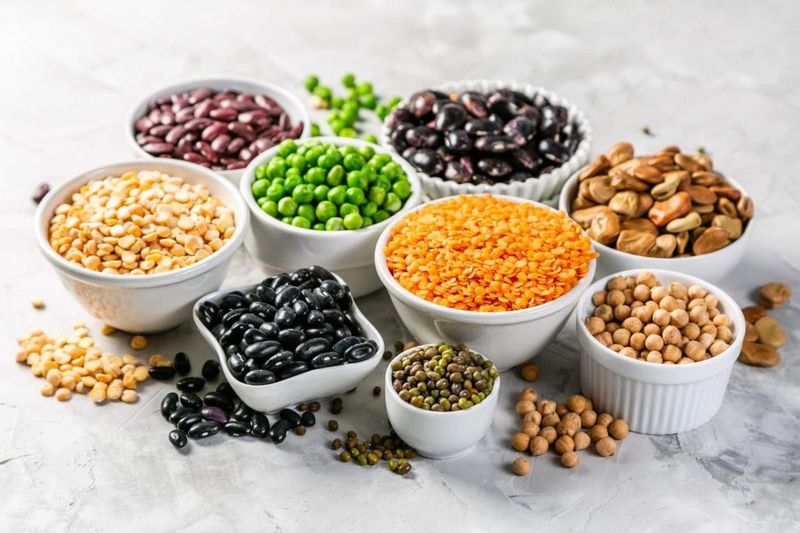
Lentils, chickpeas, black beans and their legume cousins deliver remarkable nutrition for pennies per serving. Their unique combination of protein and fiber helps regulate blood sugar levels – particularly important for seniors managing or preventing diabetes.
The soluble fiber in beans acts like a sponge for cholesterol, potentially lowering your numbers without medication. Many cultures with the longest-living populations feature beans as dietary staples, suggesting their role in longevity.
Canned beans offer convenience, though rinsing reduces sodium by about 40%. Add them to soups and salads, blend into hummus, or try plant-based meal options like lentil soup or bean chili to boost your nutrition while keeping your grocery budget in check.
Leave a comment